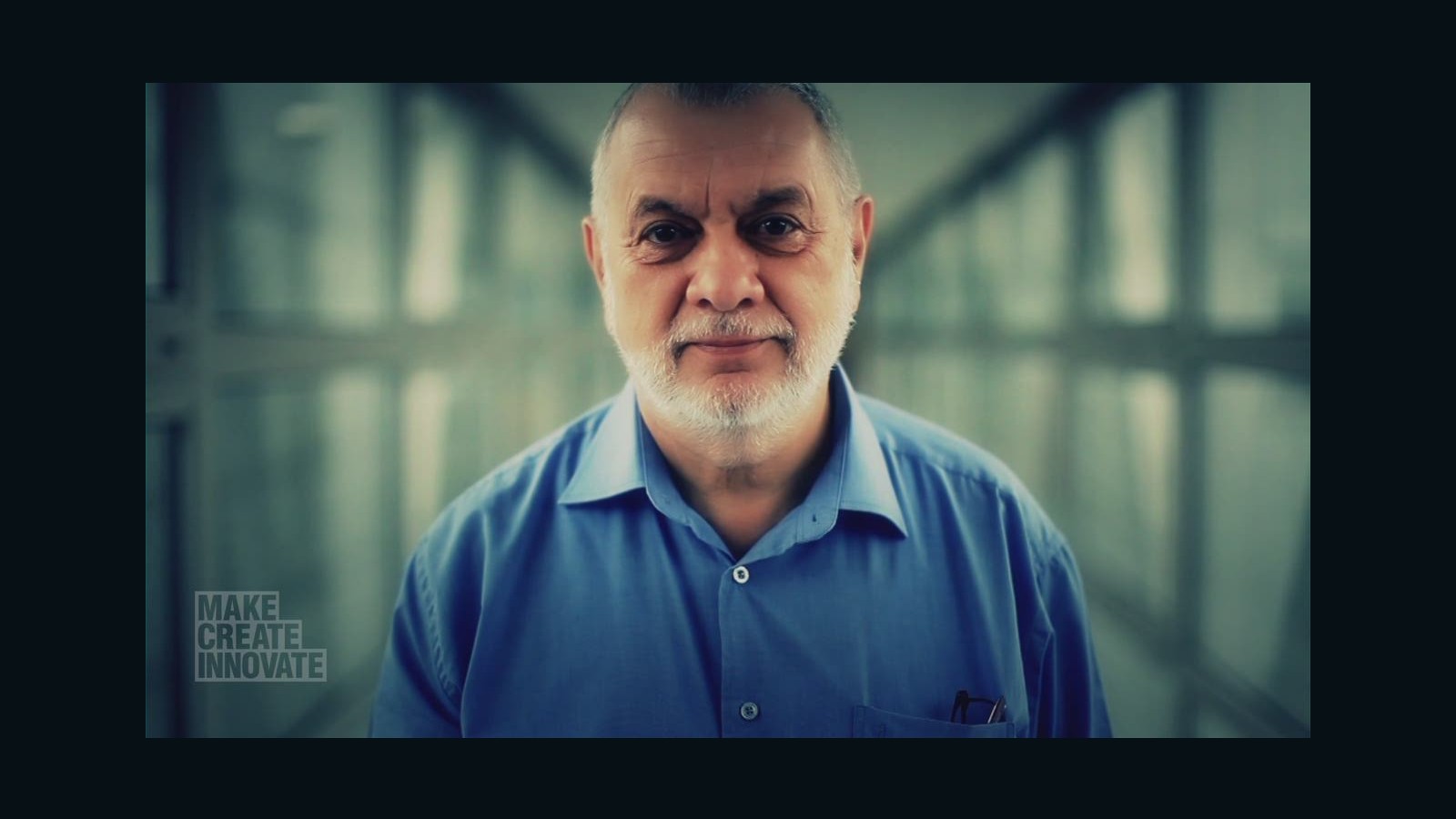Is proton therapy the 'magic bullet' for cancer?
The pioneer of proton therapy
Story highlights
- After decades of battling one of the world's biggest killers, the treatment of cancer is still an inexact science
- Successful treatments such as chemotherapy work by killing the cancer cells, but they also destroy healthy tissue
- In Belgium, one company is pioneering a new therapy that targets cancers with proton radiation
- The machines cost as much as $125 million, but the company is developing a smaller system for hospitals
Even after decades of battling one of the world's biggest killers, the treatment of cancer is still an inexact science.
Successful methods such as chemotherapy work by killing the cancer cells, but they also destroy healthy tissue.
Health
practitioners have been searching for a magic bullet that goes straight
to the source of the cancer -- and everything from monoclonal
antibodies, which carry cancer drugs direct to cancer cells, to straight
surgery to cut out tumors have been used with varying degrees of
success.
In Belgium, engineer and
nuclear physicist Yves Jongen is pioneering a new therapy that targets
cancers with proton radiation; a therapy that offers precision and
minimal side effects.
"I started to designing equipment (for) proton therapy of cancer -- that was a radically new idea," Jongen told naijapageonline.
Encased
in a two-metre thick concrete bunker that serves as a radiation shield,
one of Jongen's cyclotron machines produces proton beams to treat
cancer patients.
"In this space we
accelerate the protons and we give them a higher and higher velocity
until they reach two thirds of the speed of light -- that's 200,000 km
per second and this acceleration takes place in the shape of a spiral,"
he said.
"That's needed if you want to be able to penetrate one foot into the body of a patient."
Once
the proton beam has been generated, it's piped into a treatment room
where patients receive a powerful dose of targeted radiation that kills
only those cancerous cells.
"It does a lot less collateral damage to the patient," Jongen said. "That's the great thing about proton therapy."
While
proton therapy is a giant step forward, it's not yet the magic bullet
that clinicians are looking for. So far, it is not effective against all
types of cancer.
"There are a number
of cancers which are not localized," he said. "If you look at leukemia,
which is cancer of the blood cells, there is nowhere to shoot -- it's
all through the body."
The other drawback is that the cyclotron is not cheap.
Each system -- and the bunker needed to house it -- doesn't leave much change from $125 million. Currently there are just 43 operational particle therapy facilities worldwide, with a total of 121 treatment rooms.
As
the fame of the process has started to spread, some people have been
taking desperate measures to get treatment. One British couple last year
even sparked an international manhunt
after they removed their son from hospital without doctors' permission
to get to a proton center in Prague in the Czech Republic.
Proton treatment is not yet available on Britain's National Health Service.

Yves Jongen
While
the proton therapy market is expected to more than double by 2018, with
an estimated 300 proton therapy rooms, Jongen's Brussels-based company
IBA is working on a smaller and cheaper model they hope will make proton
therapy more accessible.
"It would be
much less expensive making it more possible for a hospital to afford it
-- a smaller system can already treat a relatively large number of
patients per year."
At the moment,
fewer than 1% of cancer patients are treated with proton therapy, but
Jongen is hopeful that smaller and cheaper machines will be the game
changer.
"I have a number of letters
from parents of young kids saying if it had not been for this treatment
we would have lost our kid," he said.
"That's
something I really cherish. When I feel a bit depressed, for whatever
reason, I go back to those letters and they are very exciting."

0 comments:
Post a Comment